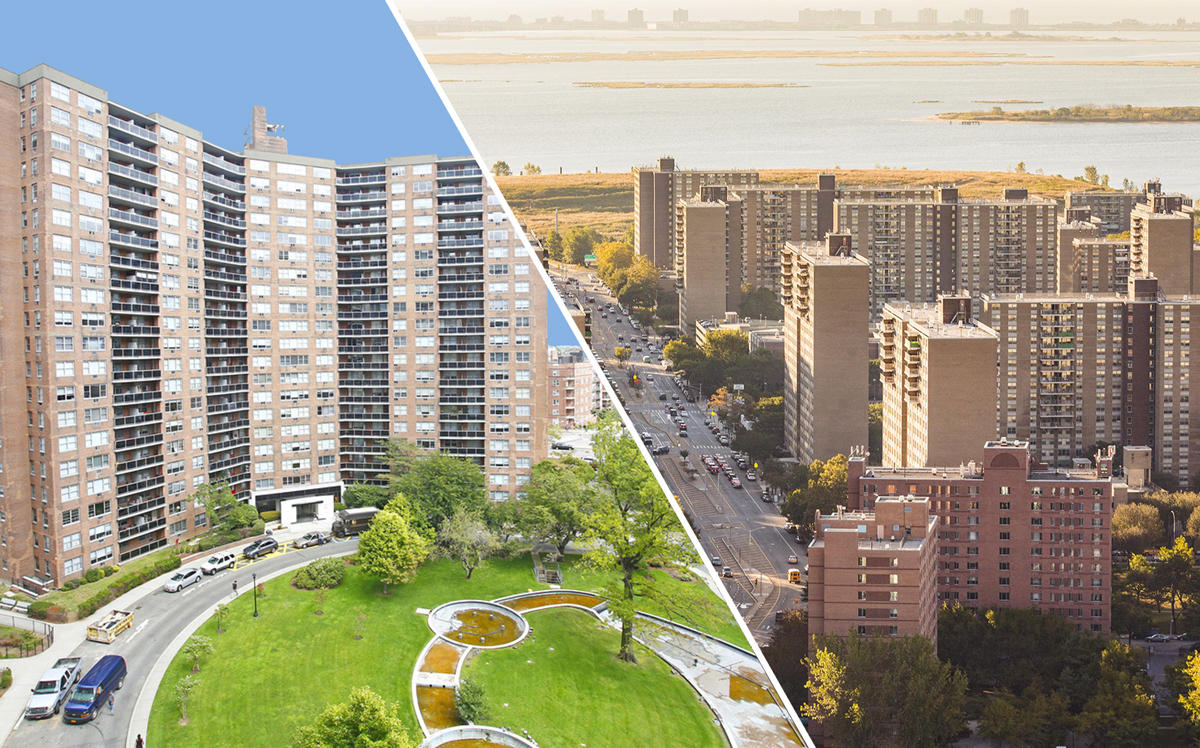Trending
The city’s multifamily market saw increases across the board in 2018
Dollar volume in particular shot up by 55 percent compared to 2017

New York’s multifamily market may have almost died in 2017, but the optimism brokers had about a rebound in 2018 proved to be well founded.
The market saw year-over-year increases by every metric, and dollar volume hit a two-year high thanks to a strong increase in institutional sales, according to a report from Ariel Property Advisors.
Overall, the city saw $11.1 billion in multifamily sales across 473 deals and 896 buildings last year. Compared to 2017, this was a 55 percent increase in dollar volume, a 5 percent increase in transaction volume and a 16 percent increase in building volume.
The increase in dollar volume was largely thanks to a resurgence of big-ticket sales. There were 14 deals for more than $100 million last year compared to just six the year before, a 43 percent increase.
Manhattan dominated the city by dollar volume, making up 38 percent of the total, and Brooklyn came next at 27 percent. Brooklyn was on top via building volume at 30 percent, followed by the Bronx at 23 percent.
Manhattan saw $4.25 billion worth of sales across 114 trades and 163 buildings. This was a 76 percent increase in dollar volume, a 9 percent increase in building volume and a 3 percent decrease in sales compared to 2017.
Ariel Property reported that multiple deals broke the $100 million-mark last year, including the $316 million sale of 980-996 Avenue of the Americas and the $287 million sale of Stonehenge Village. The largest deal was the partial interest sale of a five-building multifamily portfolio from AvalonBay Communities to Invesco Real Estate for about $607 million. The portfolio consisted of two buildings in Chelsea, two in the East Village and one in Morningside Heights.
Brooklyn was the only submarket to see increases in all three metrics and was also home to the largest multifamily deal throughout the city. The borough saw 139 deals across 269 buildings worth $3.05 billion for respective increases of 19, 21 and 112 percent. This was the largest dollar volume increase by a long shot, largely thanks to the massive $905 million sale of the Starrett City Portfolio to the Brooksville Company and Rockpoint Group.
Northern Manhattan posted the largest increase in the city via building volume, with its 185 properties representing a 59 percent jump year over year. This was partly because of two separate portfolios that E&M Associates sold, which together comprised 71 buildings. The larger portfolio went to Sugar Hill Capital Partners for more than $250 million. The neighborhood saw a total of 68 transactions worth $1.33 billion, representing a 2 percent increase in dollar volume and a 7 percent decrease in transaction volume.
The multifamily market was very similar last year in the Bronx, which also saw a sharp increase in building volume but much less movement in sales and dollar volume. There were 209 buildings sold in the borough, representing a 29 percent increase in building volume compared to 2017, but they went for a total of just $1.1 billion, a 5 percent decrease year over year. Transaction volume stayed largely flat at 100, a 1 percent increase compared to 2017. The largest deal was an 11-building, 343-unit portfolio that Black Spruce Management sold for about $75 million to Camber Property Group, Belveron Partners and the city’s Department of Housing Preservation and Development.
Queens generally has a quiet multifamily market, and while it did see the smallest amount of deals last year, its dollar volume was still higher than that in the Bronx and Northern Manhattan. The borough saw 52 transactions across 70 buildings worth $1.39 billion, representing an 18 percent increase in transaction volume, a 67 percent increase in dollar volume and a 41 percent decrease in building volume. The largest deal was the Jack Parker Corporation’s sale of Parker Towers to the Blackstone Group for about $475 million, representing almost 40 percent of Queens’ total dollar volume.




